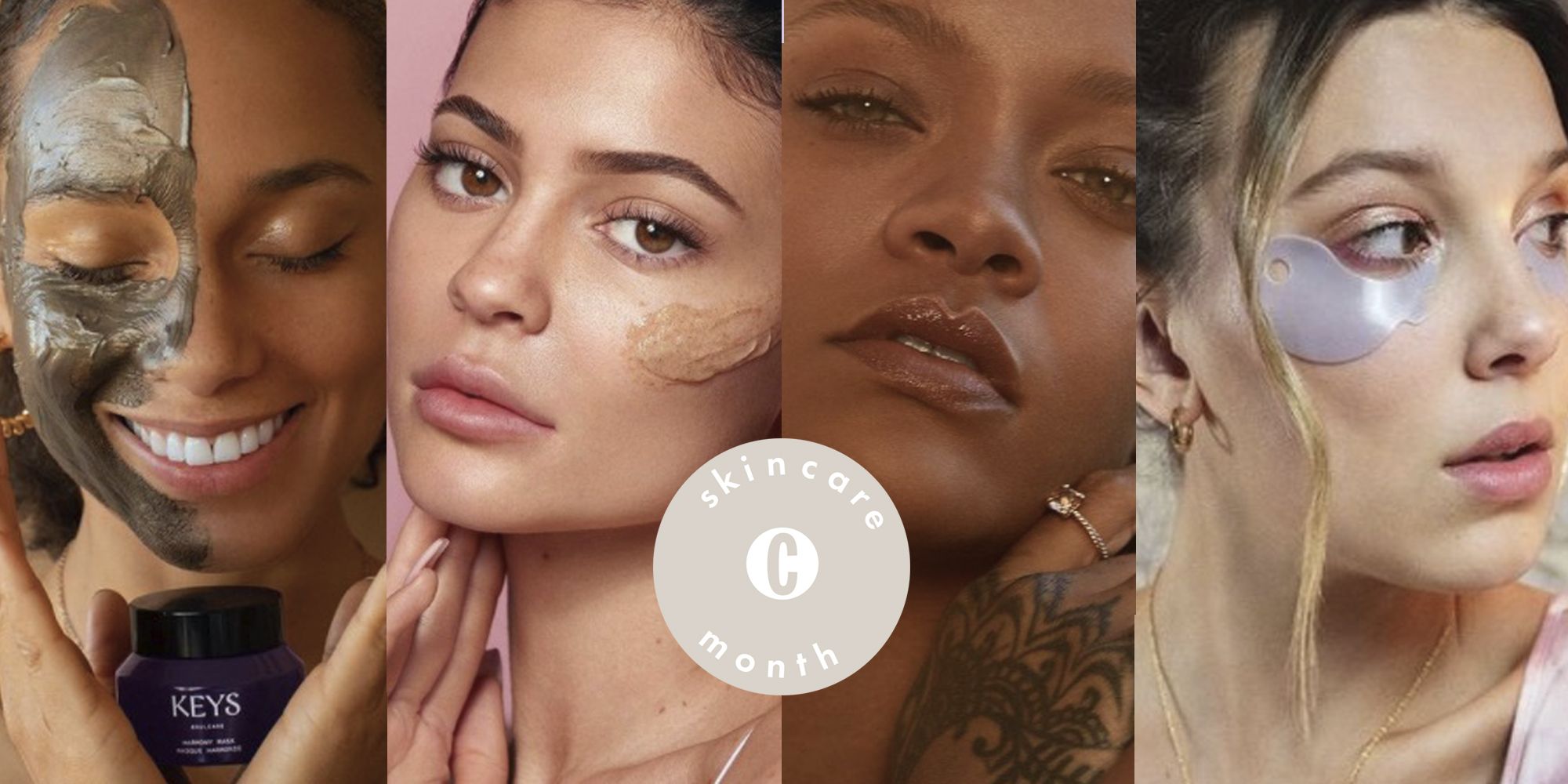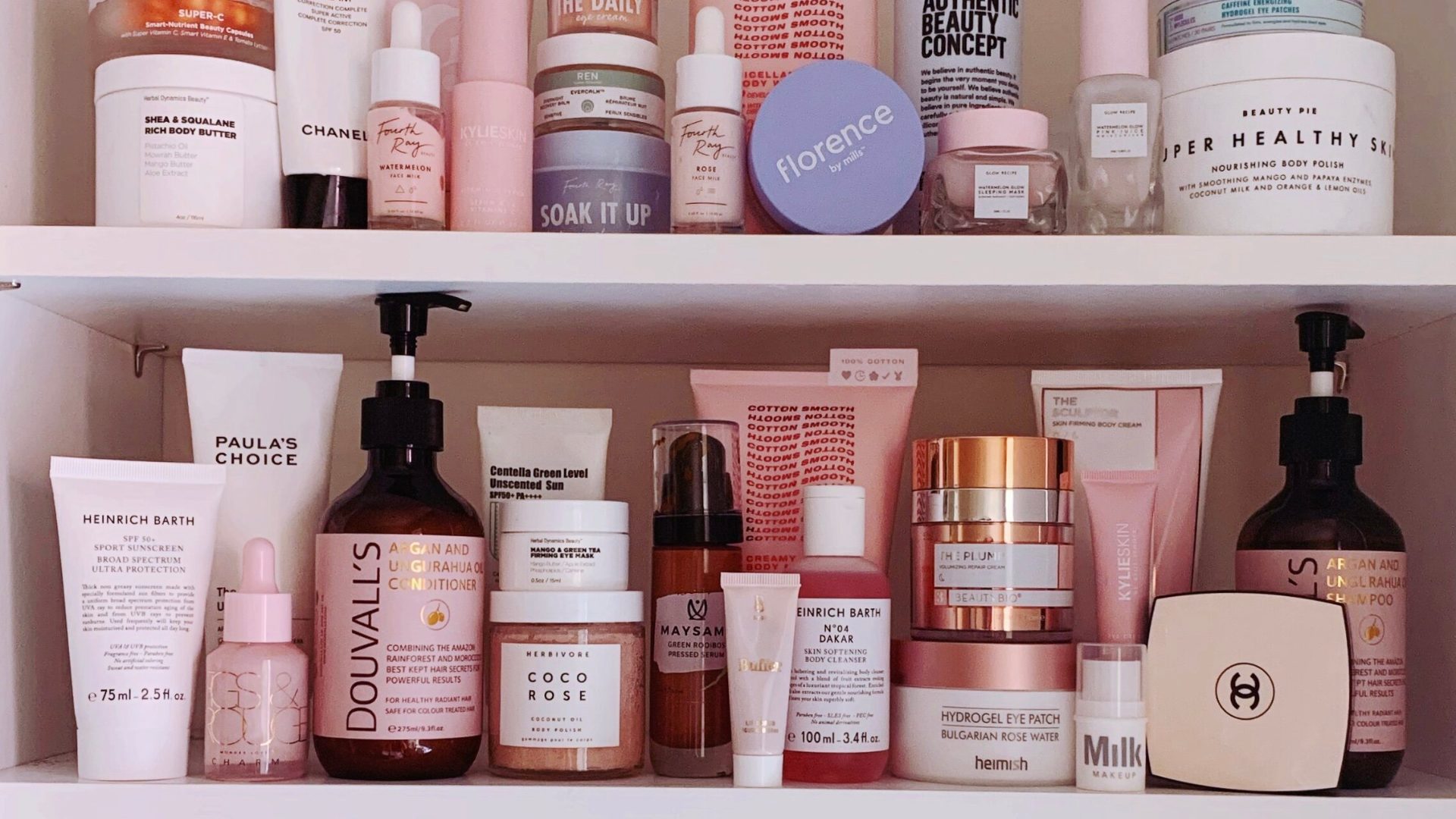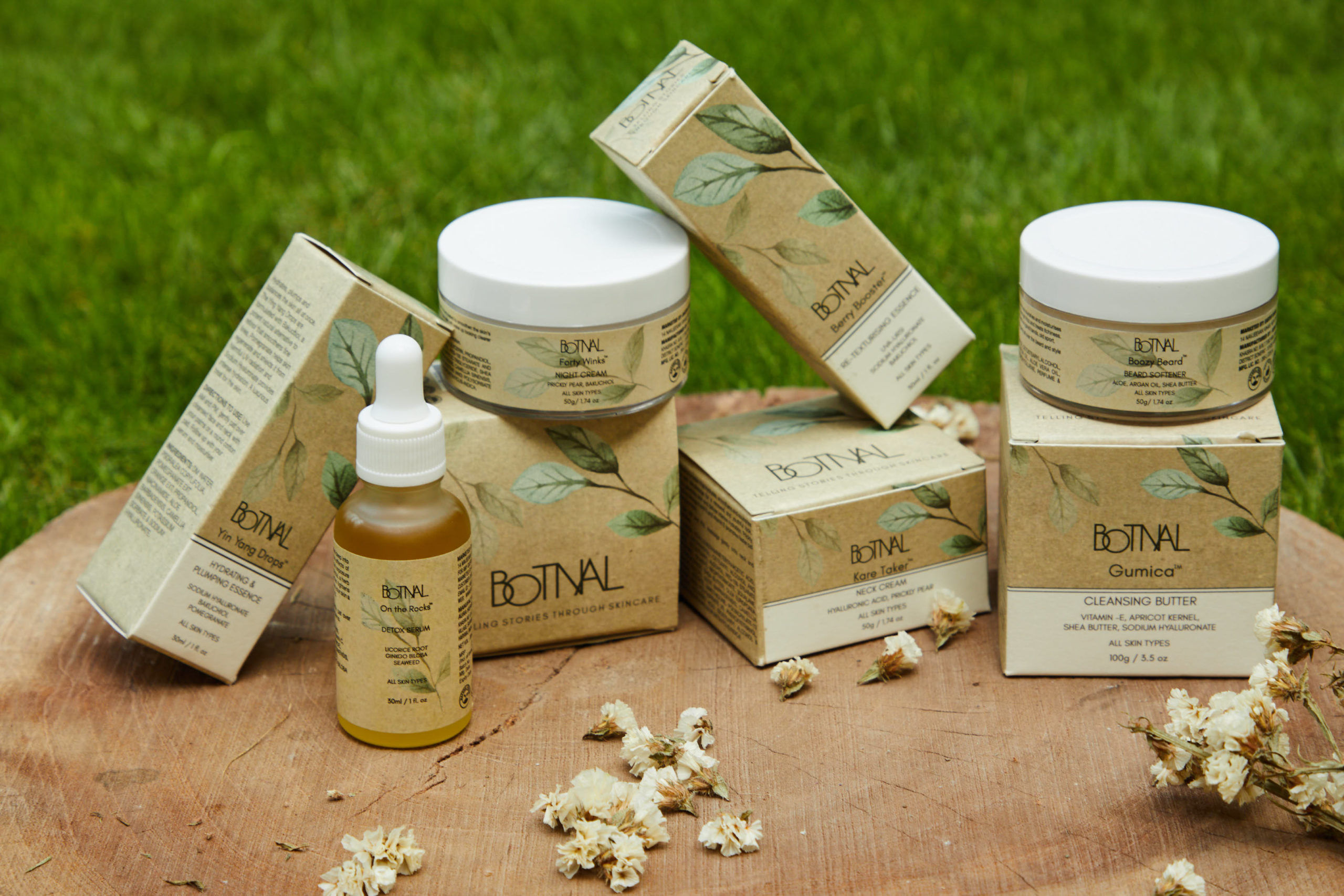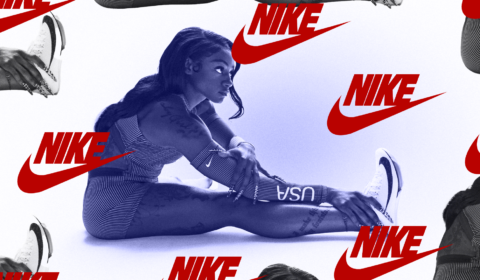So-called sustainable beauty products are everywhere. But with a new beauty line coming out almost every month, is less production the only way to achieve more in terms of true sustainability?
It seems counterintuitive to say that the beauty industry is becoming more complex, especially when our understanding of which ingredients are necessary for maintaining healthy skin is improving.
But take a walk into a local beauty department and it’d be understandable if you left both empty-handed and more confused than when you entered, thanks to the vast amount of products available for purchase.
The number of lined shelves continues to grow, with celebrities competing in the rat race by launching beauty and makeup lines on a regular basis. And adding insult to injury are the countless emerging skincare lines being marketed as clean, green, and (the worst of all) ‘sustainable’.
While I’m all for embracing clean ingredients and eco-packaging, I can’t help but wonder: is the idea of creating additional product lines that compete with hundreds of already existing brands all in the name of sustainability implausible?
Surely the most sustainable action would be to stop producing more altogether?























